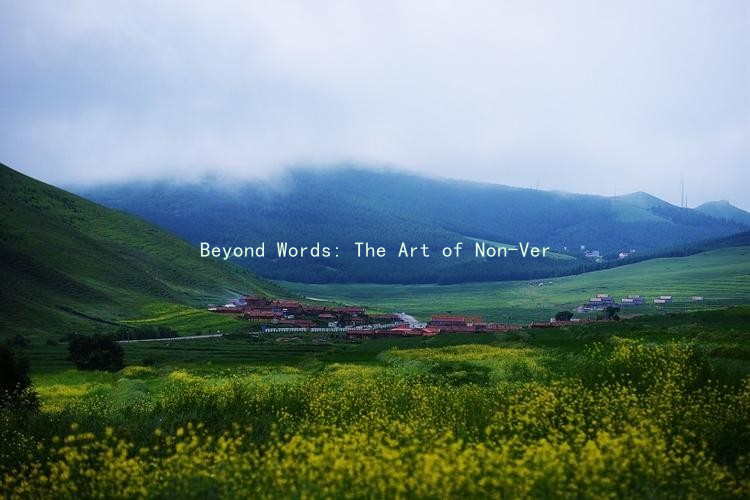Beyond Words: The Art of Non-Verbal Communication in Passionate Relationships
In the realm of passionate relationships, words often take center stage. However, the silent language of non-verbal communication plays an equally crucial role in deepening intimacy and understanding. Embracing the art of non-verbal communication can significantly enhance the connection between partners, allowing them to express feelings that words sometimes fail to capture.
One of the most powerful forms of non-verbal communication is body language. The way we position ourselves when interacting with our partner can convey openness or defensiveness. Leaning slightly forward during a conversation indicates engagement and interest, while crossing arms may signal discomfort or a closed-off attitude. Simple gestures, such as holding hands or a gentle touch on the arm, can communicate affection and reassurance more effectively than verbal reassurances.
Eye contact is another critical element in non-verbal communication. Maintaining eye contact shows attentiveness and emotional connection. It conveys sincerity and trust, enabling partners to feel understood and valued. Conversely, avoiding eye contact can create a sense of distance or disinterest, leading to misunderstandings. Learning to balance eye contact—intense enough to convey intimacy but not so prolonged that it becomes uncomfortable—can foster a deeper emotional bond.
Facial expressions are also telling in a relationship. A smile can brighten your partners day, while a frown can create an atmosphere of tension. Being aware of each others expressions allows partners to navigate their emotions more effectively. For instance, recognizing when your partner is stressed or upset without them having to verbalize their feelings can pave the way for supportive actions and discussions.

Proximity is another non-verbal cue that can indicate feelings of affection or desire. Closer physical closeness often speaks volumes about the comfort and safety partners feel with one another. However, maintaining personal space is equally important; respecting boundaries can enhance mutual respect and understanding. It is essential to read these cues and respond appropriately based on the situation and individual comfort levels.
Tone of voice, while a form of verbal communication, carries a non-verbal element that is vital to interpreting messages correctly. The same words can convey affection, sarcasm, or anger depending on the tone used. Paying attention to how something is said can reveal deeper emotions that might otherwise be overlooked.
Lastly, gestures and rituals can serve as significant non-verbal forms of communication in a relationship. Small acts, like preparing a favorite meal, sending a thoughtful text, or engaging in a shared hobby, communicate care and thoughtfulness without any words. These rituals become a language of their own, strengthening bonds and creating shared meanings.
In conclusion, while words can articulate love, affection, and commitment, non-verbal communication enriches these sentiments and adds depth to relationships. By becoming more aware of body language, eye contact, facial expressions, and other non-verbal cues, partners can foster a stronger, more meaningful connection. Ultimately, mastering the art of non-verbal communication enables couples to go beyond mere words, transforming their relationships into a tapestry of shared understanding and deep emotional intimacy.





